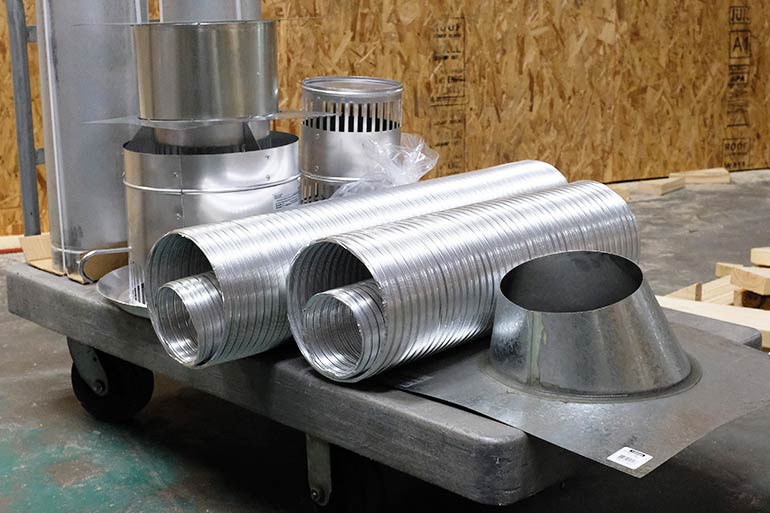A Quick Guide to Understanding Fireplace Venting
Fireplaces have different venting methods, primarily based on the fuel type you previously chose. There are six different vent types, and we'll discuss each one and what you can expect.
Different Vent Types
- Masonry: Masonry venting is designed as part of a UL-listed system. It is more reliable than traditional brick-and-mortar chimneys and easier to assemble—blocks cast from lighter-weight concrete than standard block or brick save time and weight. For safety, all masonry chimneys must be lined, and the liners must be separated from the chimney wall.
Customer Q&A with Product Specialists
Thank you for reaching out!
Thank you for your interest in our products. We've received your question and will get back to you shortly — usually within the hour but always within 1 business day. To ensure you receive our response, please add our email address (info@efireplacestore.com) to your email whitelist or address book.
In the meantime, while we prepare our response, keep an eye on your inbox for an email from us. We'll be sending you our exclusive Buyer's Guide, packed with valuable information to assist you in making the best decision for your needs.
If you have any further questions or need immediate assistance, feel free to reach out to us directly at 1-800-203-1642.
Thank you again for choosing eFireplaceStore.com!


